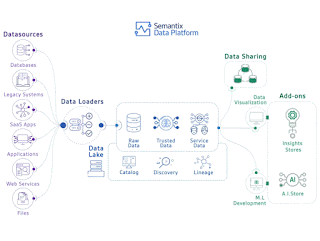"Just Enough" Contextual Guides
Years ago, I ran into a blog series " Just enough Azure for Hadoop " that Anagha Khanolkar started as there was no guide with just enough information about Azure to get her going with a bigger task on Hadoop on Azure. I liked that series and theme of having "just enough" contextual info handy These days it is good to see targeted content designed as Learning Paths & documentation on cloud services from public cloud providers for those crossing over from a competing Cloud - Azure for AWS professionals Azure for Google Cloud Professionals Google Cloud Fundamentals for AWS Professionals Map Microsoft Azure services to Google Cloud Platform products Map AWS services to Google Cloud Platform products Journey to Google Cloud: Paths for AWS and Azure Professionals OCI for AWS Architects OCI for Azure Architects




